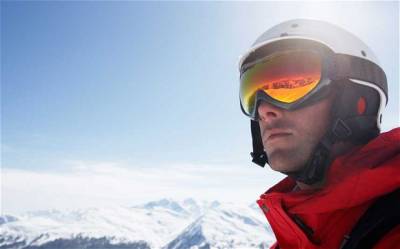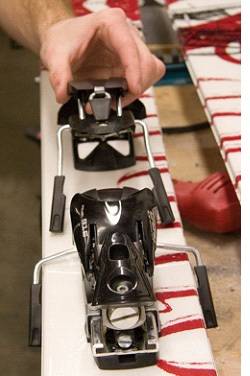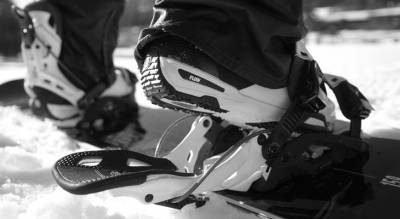Ski and Snowboarding without the Breaking....
Tuesday, July 14, 2015

It is that time of year. The snow seems to fall later and later each year, and the season is shorter and shorter.
Or maybe I am just getting old! Clients every year ask me the same question. I don't want to get injured, have you got any exercises to prevent injury. Every year, my answer is the same… exercises will help you a little, but making sure you tick all of the safety boxes with your gear and yourself will help so much more.
 To make sure you don't break more than you want to, follow this handy checklist:
To make sure you don't break more than you want to, follow this handy checklist:
-
Get a boot fitter to fit both your ski boots and snowboard boots. Incorrect boots can cause too much movement in the foot and make you lose control of your skis and board. You want it to go where you tell it.
- If you are on skis, make sure your DIN setting is set for your own ability, not the ability of your friend. DIN is how tight the binding is set for a mixture of your height, weight and ski ability. It is very scientific in reality as it uses torsional forces as a way to let you go out of your skis. Too tight and you are likely to be injured when you could be ejected from your skis! On the other hand, if you are a radical skier, and your skis pop off when you don't want them too, this is also bad news. So get a pro to look at them and tighten them accordingly. I personally did my ACL by tightening my DIN too much…

-
Get your bindings set to your style and checked for safety by a pro. Your bindings need to be set to your riding style. They also need to be working properly and not broken or loose.
-
Have your edges sharpened and your undercarriage waxed. Well maintained skis and boards means that they turn swiftly and in control. Poorly looked after equipment can be sluggish and may mean the difference between turning to avoid a collision and a broken bone.
-
Wear a helmet. PERIOD. We are slow on the up take of helmets in Australia. Over in Europe and the USA they use them a lot more than we do and their snow is generally better. Use them, they may save your life. And they will also keep your head warm.
-
Use wrist guards as a snow boarder if you are beginning or trying some harder stuff. This may prevent a wrist fracture, or at the least very sore and stiff wrists the following day.
-
Go slow in slow zones. There is a reason they have slow zones. Beginners converge and they are unpredictable. You may be a world class skier, but it won't prevent a lemming turning into you at the last minute. Save yourself and save them too.
-
And of course, follow the safety advice of the Alpine Association, you can read their advice on the way up to the top of the hill on the chairlift!!!
 Exercise wise, here are some great tips to keep you from getting injured:
Exercise wise, here are some great tips to keep you from getting injured:
- Perform 10-20 lunges or squats every morning on each leg for two weeks prior to going on your trip. It will prevent late day fatigue and keep you in the zone.
- Stretch your hamstrings, calves and glutes for 1 minute each for three weeks prior to your trip. It will help in gaining you extra range of motion to avoid end range muscle tears or strains. Also do these the morning of skiing or boarding to help you limber up.
- Do back flexibility exercises such as lumbar rolling and back extensions each morning before you leave the chalet. It will help you avoid any lower back complaints late in the day.
- Run up and down the chalet stairs before getting your boots on to warm up. Maybe 5 minutes of brisk walking… also, when you get to the slopes, walking a bit extra to get to the lift will help warm up the legs.
Have an awesome winter, enjoy the slopes, hopefully I will see a few of you out there!
As always, stay healthy
